Against expectations, Intel will start manufacturing processors at TSMC. Similar diversification may occur with AMD, who relied almost entirely on TSMC lately. But according to unofficial reports, the company will start manufacturing some of its chips at Korea’s Samsung, much like Nvidia recently did with some of its GPUs. This would reduce AMD’s dependence on a single supplier, but the move likely seeks to cut costs, too. Read more “AMD, like Nvidia, will produce chips at Samsung, on a 4nm node”
Author: Jan Olšan
AMD fixes bug that kills Ryzen 7000 CPUs, update your BIOS
Last week, cases of destroyed V-Cache using Ryzen 7000 “X3D” CPUs and even a burned socket on the board (the dead CPU probably started drawing excessive current from the VRM through the pins). At first it wasn’t clear if it wasn’t a result of manual overvolting, but AMD announced that they have found the cause of the problem and are releasing board BIOS updates to protect the CPUs from damage, so definitely update. Read more “AMD fixes bug that kills Ryzen 7000 CPUs, update your BIOS”
Radeon RX 7600 XT launch date leaked: less than four weeks away
A few days ago, reports started surfacing that more affordable Radeon graphics cards with RDNA 3 architecture based on the Navi 33 chip might finally be coming to market. They stated that these cards could be exhibited (just that at that point) at Computex 2023 during (May 30–June 2). But it might all happen faster. According to information posted by YouTuber Moore’s Law Is Dead, there card should be available on the shelves before then. Read more “Radeon RX 7600 XT launch date leaked: less than four weeks away”
Microsoft preparing its own AI chips to compete with Nvidia’s GPUs
The development of artificial intelligence has gained mainstream awareness in recent months with news around ChatGPT and OpenAI and similar projects. These advanced neural networks and AI models have large hardware requirements, benefiting Nvidia, whose GPUs are used to train and run these neural networks. But this interest may also bring new competitors. Among them is reportedly Microsoft, which is preparing its own chips for AI. Read more “Microsoft preparing its own AI chips to compete with Nvidia’s GPUs”
VLC Media Player got RTX Video Super Resolution AI upscaling
In February, Nvidia released the RTX Video Super Resolution feature, which is video upscaling using the tensor cores of GeForce RTX 3000 and later GPUs. It’s basically an DLSS 1.0 equivalent (as it lacks motion vector based temporal filtering) for low-resolution web video. Initially, this RTX Video was only available in Google Chrome and Microsoft Edge, but now you can use it for local playback in the popular VLC Media Player. Read more “VLC Media Player got RTX Video Super Resolution AI upscaling”
AMD’s Zen 6 processors will use 2nm process technology
Few days ago there was news that GeForce RTX 5000 graphics (the Blackwell architecture GPUs in them) will not yet use the 3nm manufacturing node, reportedly staying on 4nm technology instead. Now, there is news about another product that will use a new technology for a change – AMD processors with Zen 6 architecture. We learned that thanks to one of the employees leaking this important detail on the LinkedIn social network. Read more “AMD’s Zen 6 processors will use 2nm process technology”
Kioxia trying HLC NAND with 7 bits per cell, LN2 cooling required
A few years ago, we used to look down on TLC NAND flash that stores 3 bits in a single cell and ask for SSDs with SLC (just 1-bit) flash memory. Since then, TLC has become the norm, and the lower-quality tier was taken over by QLC chips with 4 bits per cell and even worse endurance and performance. And it seems this trend could continue, as Kioxia and WD are preparing “hepta-level cell” NAND that would store 7 bits at once. Read more “Kioxia trying HLC NAND with 7 bits per cell, LN2 cooling required”
Jim Keller’s new firm plans RISC-V CPUs with Apple-like wide cores
RISC-V processors are still yet to reach above the embedded sector, but with the current developments around ARM, they may be closer to that goal than we think. They ISA might even come to the highest performance processor segment currently ruled by Intel and AMD that ARM itself (with the exception of Apple) is still just trying to crack. Tenstorrent, led by Jim Keller, is now developing processors that could be close to those from Apple. Read more “Jim Keller’s new firm plans RISC-V CPUs with Apple-like wide cores”
A620 chipset specs in detail: a PCIe Gen4 uplink surprise
Last Friday, the last day of Q1, low-cost AM5 boards for Ryzen 7000 processors based on the low-end A620 chipset were released by all the manufacturers in a coordinated fashion (we’ve put together an overview of the models here), but AMD itself didn’t make any announcements at first, so we didn’t have exact specs. These have been published now and include one surprising thing which makes the A620 better than expected. Read more “A620 chipset specs in detail: a PCIe Gen4 uplink surprise”
Cheap A620 AM5 boards are out, starting at $85. Here’s the models
In the last few days, inexpensive A620 chipset-based AM5 motherboards for Ryzen 7000 started leaking. We’ve already seen photos of one model and it seems that AMD has timed the unveiling and release for the last day of March (maybe they wanted to formally make it before the end of the first quarter). And now, boards with this chipset were launched from all the usual manufacturers, with the cheapest ones going as low as $85. Read more “Cheap A620 AM5 boards are out, starting at $85. Here’s the models”
First AMD FSR 3.0 sneak peek, technology is similar to DLSS 3
Few months ago, AMD has announced ongoing work on the third generation of FidelityFX Super Resolution (FSR) upscaling, which should bring a similar feature to DLSS 3 – interpolating of intermediate frames inserted between legitimate game frames, much like TVs do with video and movies. AMD has now formally confirmed this and presented FSR 3.0, which will offer frame interpolation and will again be open technology (including source code). Read more “First AMD FSR 3.0 sneak peek, technology is similar to DLSS 3”
Beware: counterfeit Samsung SSD 980 Pro are selling in China
When you shop on auction servers or Chinese internet “marketplaces”, you are at risk of counterfeit hardware. There have been and still keep being sold counterfeit graphics cards (that usually contain old and worthless GPUs), but also processors. And now, apparently, we are getting counterfeit NVMe SSDs. They also appeared in China and are while they are quite sophisticated, you won’t get the desired features and performance. Read more “Beware: counterfeit Samsung SSD 980 Pro are selling in China”
Radeon RX 6300 spotted in China. Modern GT 1030 replacement?
Basic low-cost dedicated GPUs became a dying breed over the last decade. Faster integrated GPUs leave less and less room for them and it doesn’t pay off to develop new chips of this sort anymore. Nvidia has been selling the GeForce GT 1030 with a 16nm Pascal architecture chip for almost six years now, and it’s only now, it seems. that a more modern replacement could appear: the Radeon RX 6300 with a 6nm GPU based on a current architecture. Read more “Radeon RX 6300 spotted in China. Modern GT 1030 replacement?”
24GB/48GB DDR5 modules don’t work with Ryzen CPUs, fix coming?
In the past, Intel processors could not run newer higher-capacity DDR2 and DDR3 modules, while AMD processors worked. That’s why we were sort of assuming that the currently appearing DDR5 modules with unusual “non-binary” capacities would just automatically work on AMD platforms. But that’s not true, it seems that they only work with Intel processors for now and Ryzen 7000s will only be able to use them after a future update. Read more “24GB/48GB DDR5 modules don’t work with Ryzen CPUs, fix coming?”
Ryzen 7000X3D: technical details and asymmetric CCX handling
Last day of February, AMD started selling the Ryzen 7000 processors with 3D V-Cache, the chiplet technology increasing L3 cache capacity. Prior generation (Ryzen 7 5800X3D) proved that this benefited gaming, and it looks like the same is true now. Ryzen 7000s are aimed specifically at gaming PCs, and according to reviews, they seem to have surpassed Intel’s Raptor Lake processors in that and are now holding the gaming performance crown. Read more “Ryzen 7000X3D: technical details and asymmetric CCX handling”





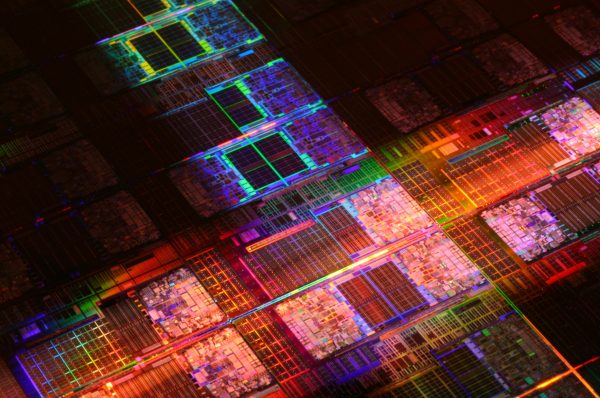
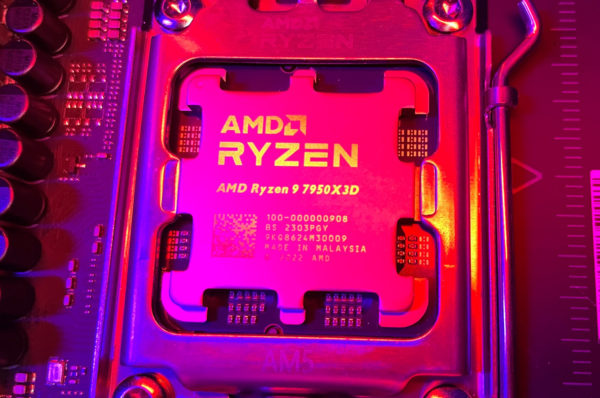
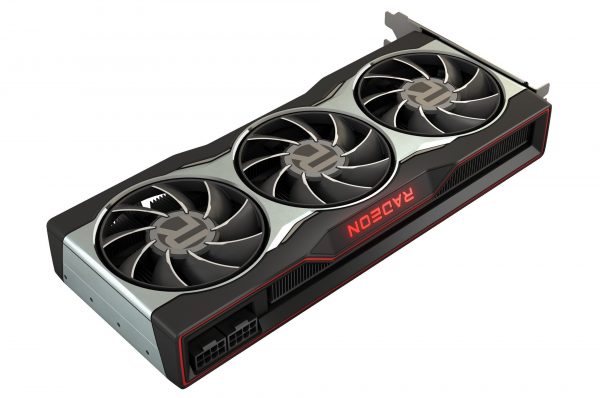
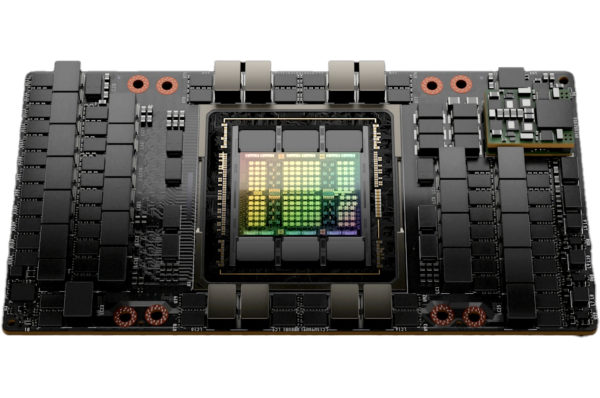
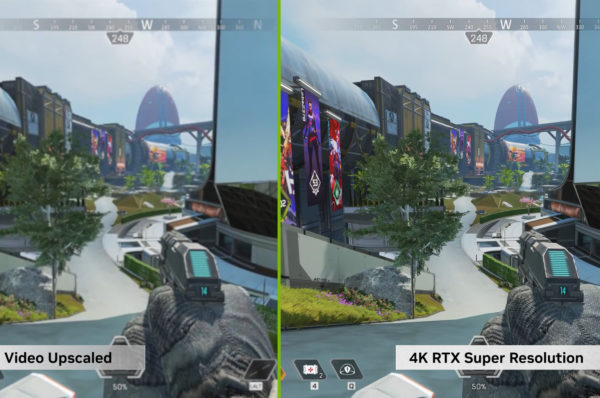
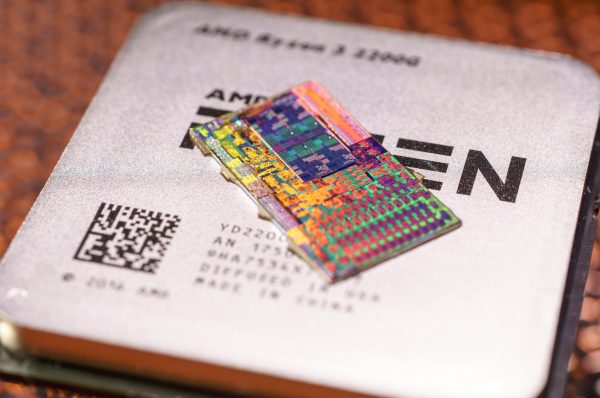
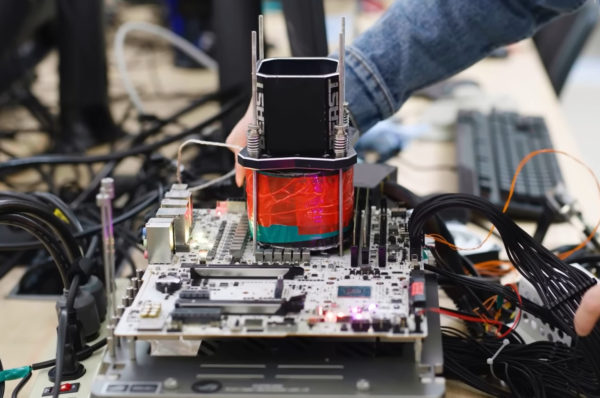
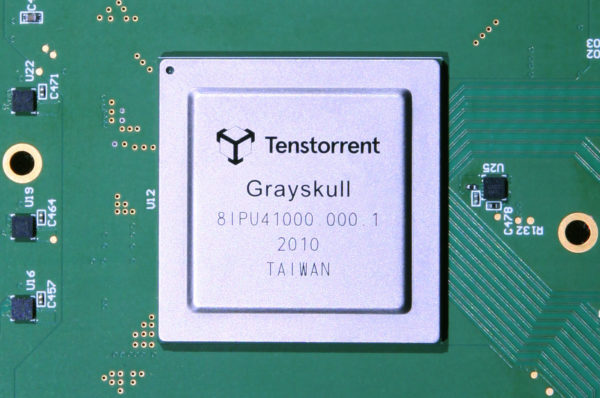
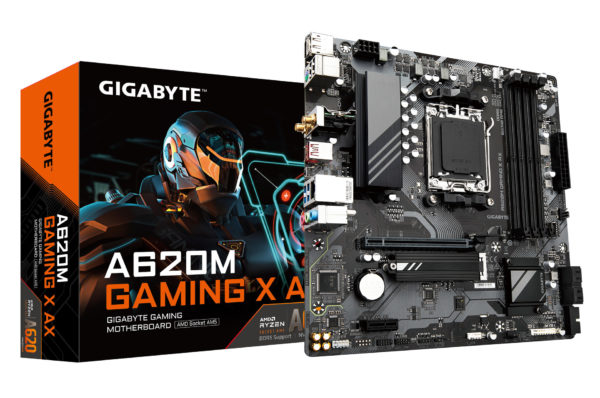
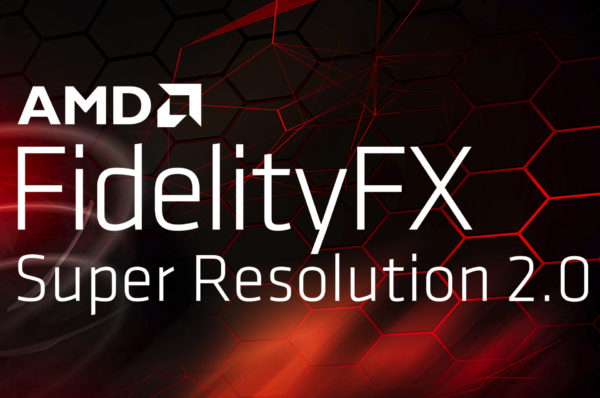
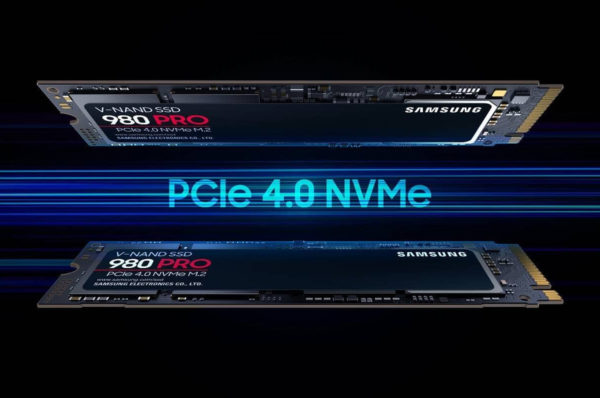
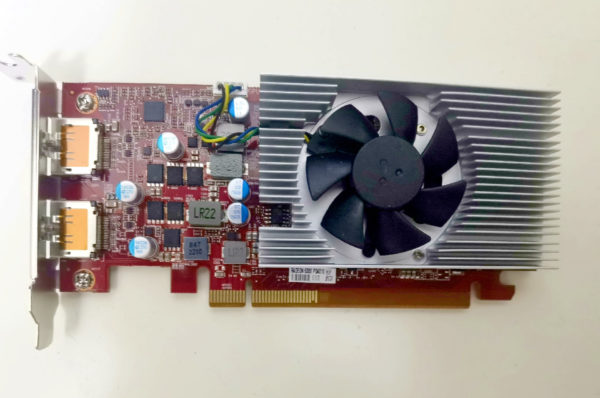
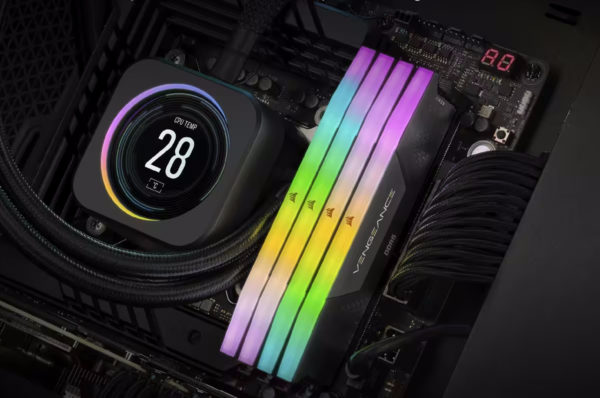



Latest comments